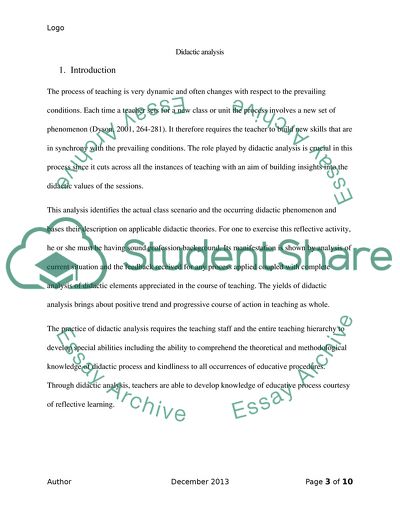Cite this document
(Didactic Analysis Report Example | Topics and Well Written Essays - 1500 words - 1, n.d.)
Didactic Analysis Report Example | Topics and Well Written Essays - 1500 words - 1. https://studentshare.org/education/1805517-didactic-analysis
Didactic Analysis Report Example | Topics and Well Written Essays - 1500 words - 1. https://studentshare.org/education/1805517-didactic-analysis
(Didactic Analysis Report Example | Topics and Well Written Essays - 1500 Words - 1)
Didactic Analysis Report Example | Topics and Well Written Essays - 1500 Words - 1. https://studentshare.org/education/1805517-didactic-analysis.
Didactic Analysis Report Example | Topics and Well Written Essays - 1500 Words - 1. https://studentshare.org/education/1805517-didactic-analysis.
“Didactic Analysis Report Example | Topics and Well Written Essays - 1500 Words - 1”. https://studentshare.org/education/1805517-didactic-analysis.


